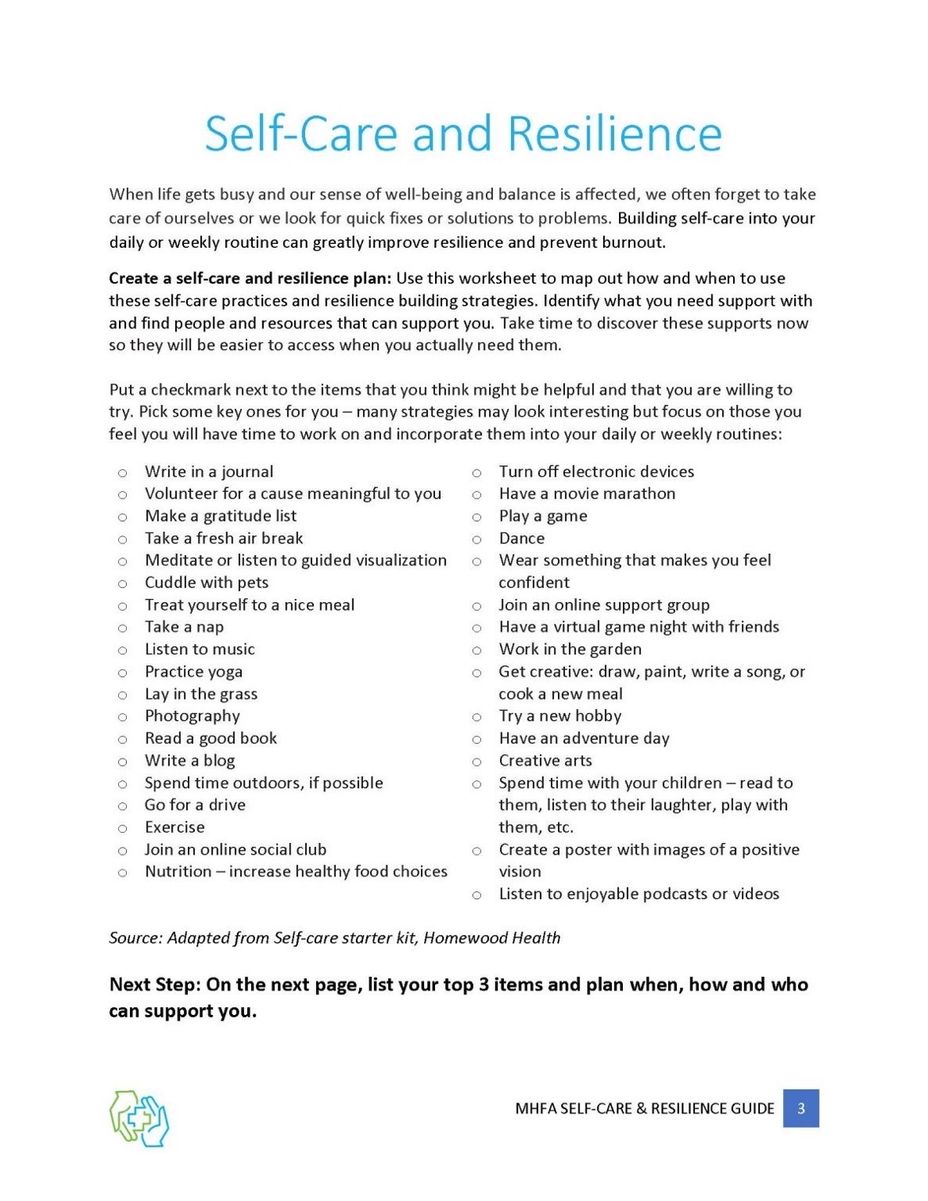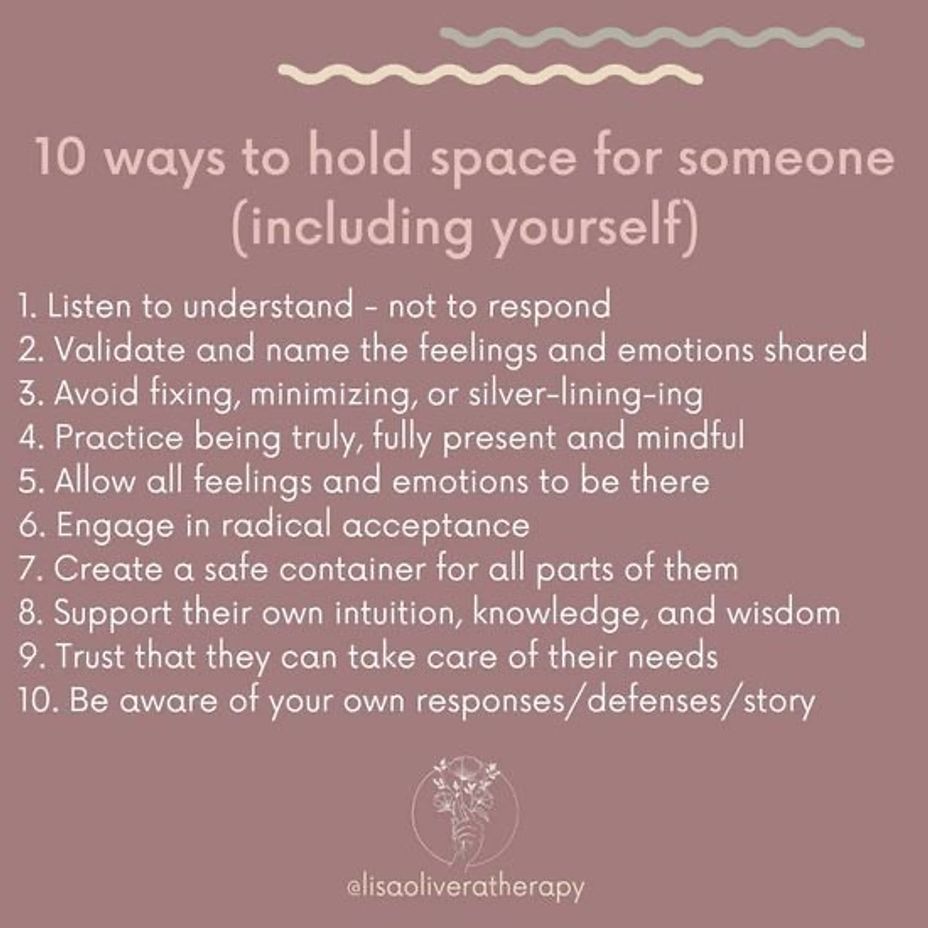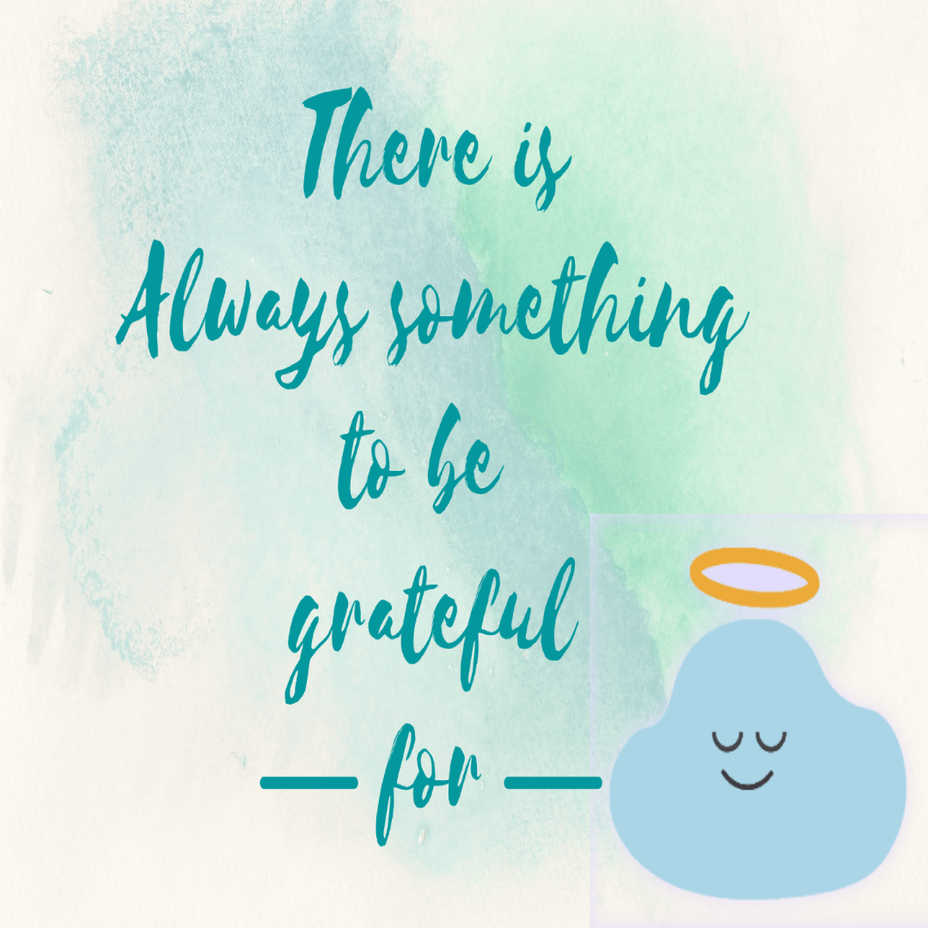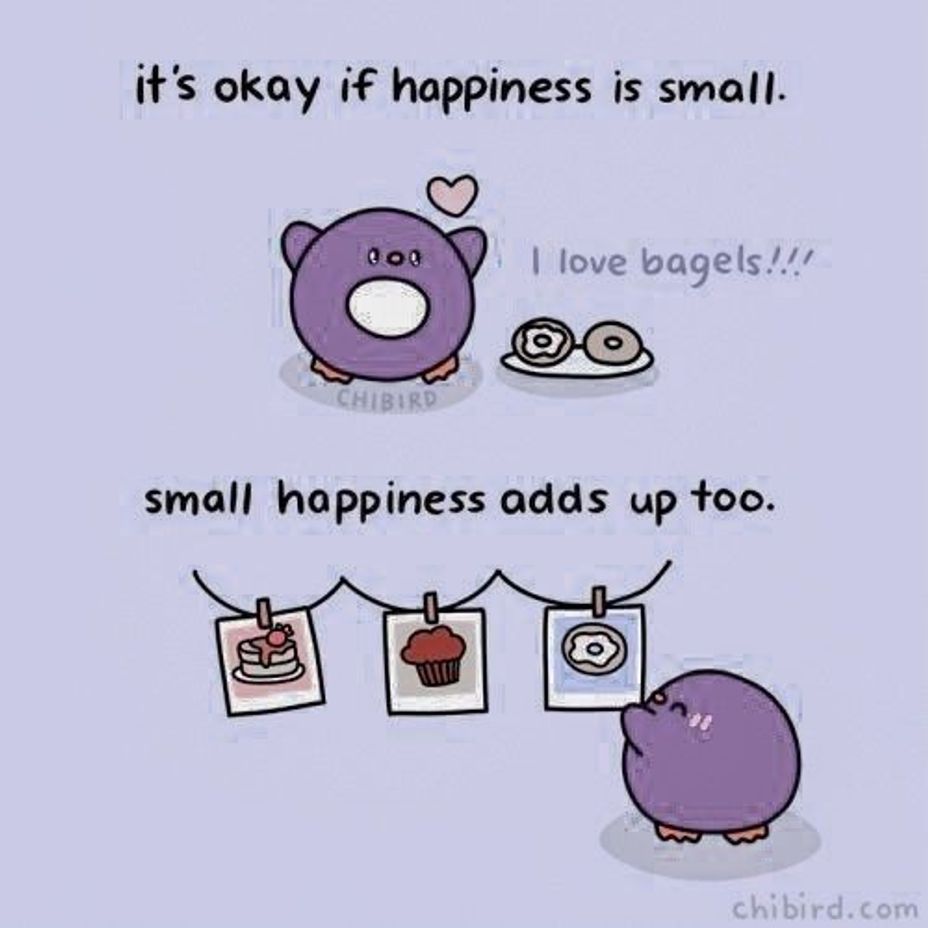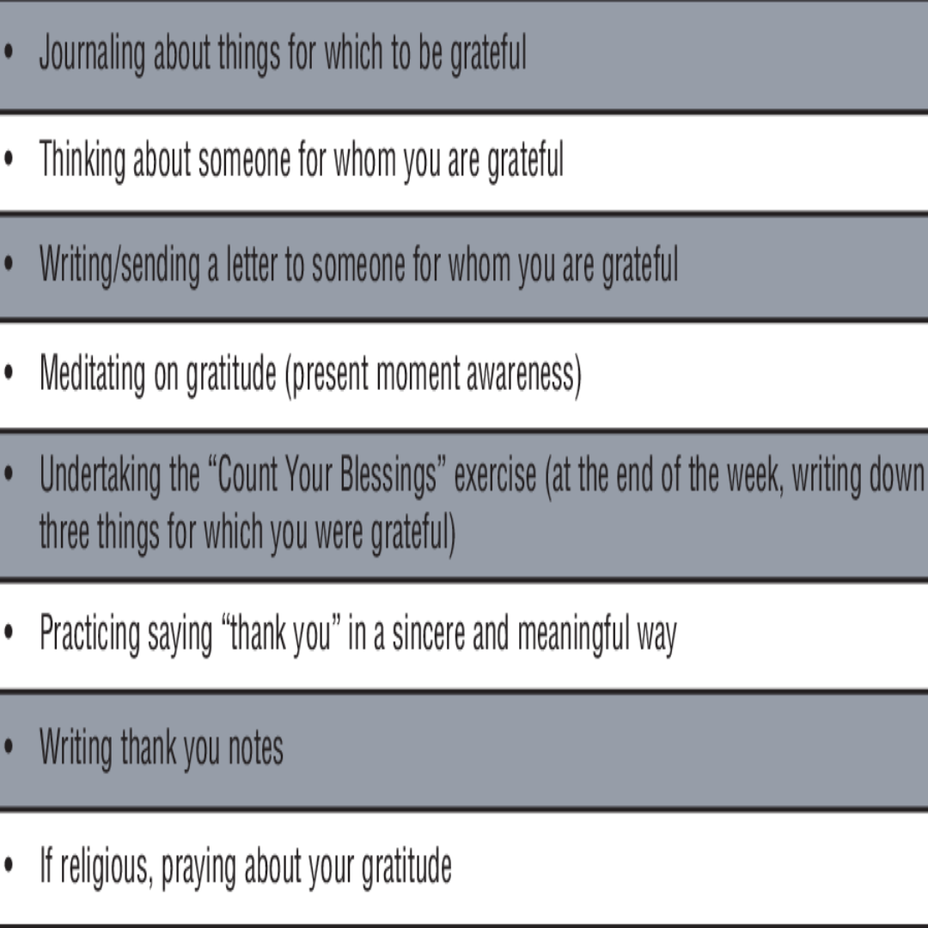#Anxiety #Gratitude #Wellbeing
These suggestions adapted from Sansone & Sansone (2010) and Emmons (2010) are easy to do daily or weekly.
-Journal about things, people, or situations for which you are grateful. Consider including negative situations like avoiding an accident, for instance.
-Think about someone for whom you are grateful
-Write a gratitude letter to someone for whom you are thankful. Consider sending it or giving it to them in person.
-Meditate on gratitude (present moment awareness).
-Do the “Count Your Blessings” exercise (at the end of the day, write down three things for which you were grateful)
-Practice saying “thank you” in a real and meaningful way. Be specific. For example, “Thank you for taking the time to read this article and leave a comment. I enjoy reading your contributions because they broaden my understanding of this subject.”
-Write thank you notes. Some might say this is a lost art. Challenge yourself to write one hand-written note every week for one month.
-If religious, pray about your gratitude or use specific prayers of gratitude. Interfaith Worker Justice offers Muslim, Jewish, and Christian examples. Secular Seasons has several graces and invocations. You also can find a collection of secular gratitude approaches on Be. Orlando Humanist Fellowship.
-Recall a negative event. Doing this helps you appreciate your current situation.
-Be mindful of your five senses. How does each enhance your life?
-Create visual reminders to practice gratitude. Sticky notes, notifications, and people are great for this.
-Focus on the good that others have done on your behalf.
-Actions lead to gratitude. Smile, say thank you, and write gratitude letters.
-Be grateful gazer. Be on the lookout for opportunities to feel grateful.
-Give something up. We tend to adapt to newness; sometimes it’s a good idea to give something up so that we can increase our appreciation of it.
-Think about what your life would be like if a specific positive event wouldn’t have happened. Write all the decisions and events that would have been different in your life.
You can refer to this:
resiliens.com/resilify/program/the-science-of-gratitude-and-wellbeing

